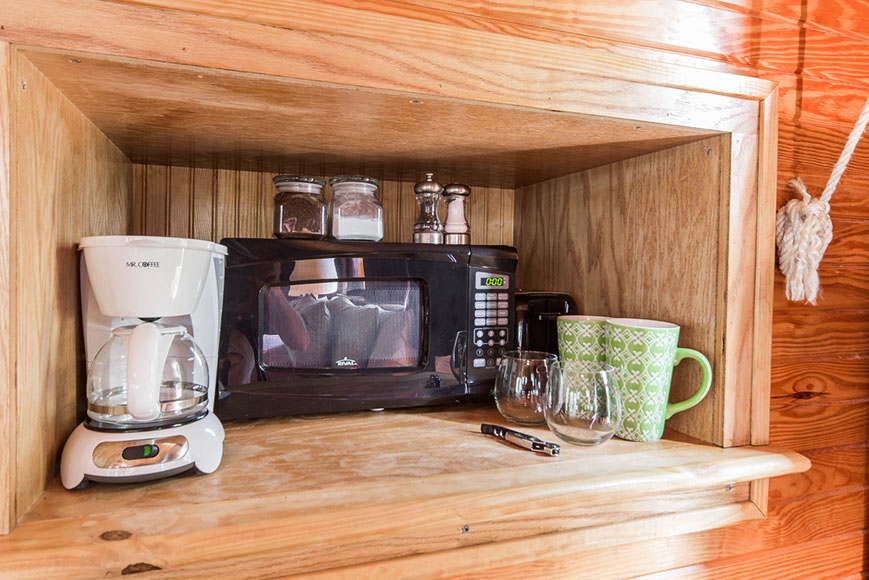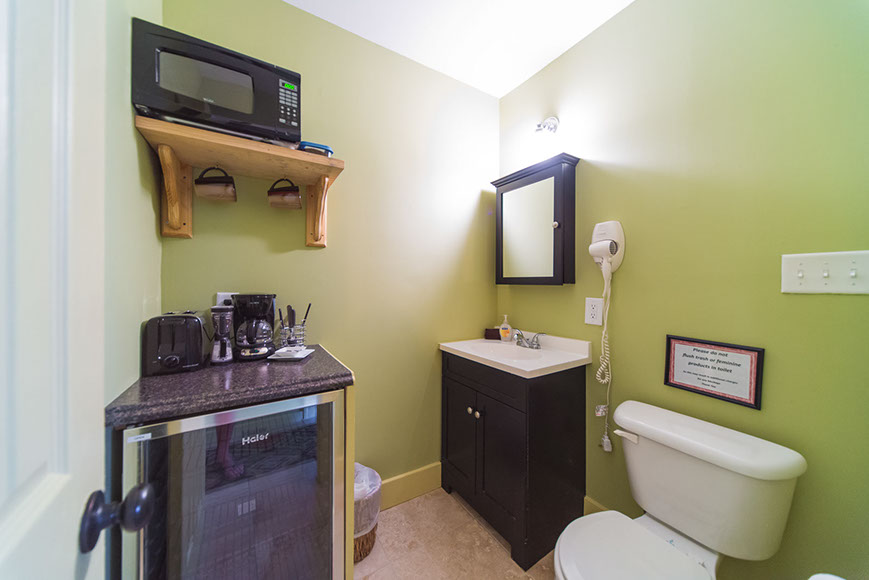Discover how anxious individuals use scent-focused content for sensory comfort. Explore the psychological link between olfaction, memory, and anxiety reduction.
How Scent-Focused Sensory Content Soothes Anxiety Prone Individuals
Individuals with a predisposition for unease often gravitate towards specific sensory experiences, and videos centered on olfactory triggers provide a unique form of solace. The appeal lies in the structured, predictable nature of these visual narratives. Unlike the chaotic stimuli of everyday life, clips focused on fragrances offer a controlled environment where the viewer can anticipate the sequence of events, fostering a sense of security and grounding. This predictability acts as a soothing balm for a mind that constantly races with “what-if” scenarios.
Furthermore, the engagement with these olfactory-themed visuals can be a deeply personal and solitary activity. For someone prone to social apprehension, this private form of media consumption eliminates the pressure of interaction. It’s a space where one can explore sensory gratification without judgment or the need for performative social engagement. The focus on a single, powerful sense–smell–redirects mental energy away from internal cycles of worry and onto a tangible, albeit simulated, experience.
The core mechanism at play is a form of sensory displacement. The intense focus required to imagine a particular aroma, guided by the visual cues in the film, effectively crowds out intrusive, unsettling thoughts. This process provides a temporary respite, a mental holiday from a state of heightened alertness. The repetition and rhythm found within these clips–the unboxing of a perfume, the description of notes–create a meditative quality that helps regulate breathing and calm the nervous system, offering a moment of genuine tranquility for those grappling with inner turmoil.
How ASMR-like Scent Descriptions Trigger a Calming Dopamine Release
Highly detailed olfactory narratives activate the brain’s reward system, initiating a gentle surge of dopamine. This neurochemical response mirrors the satisfaction of experiencing the actual aroma, creating a sense of tranquility and pleasure. The meticulous, almost tactile depiction of fragrances–describing notes of damp earth after a spring rain or warm, freshly baked bread with melting butter–engages the same neural pathways as Autonomous Sensory Meridian Response.
This engagement with vivid aromatic descriptions acts as a form of focused mindfulness. Your brain processes the rich, layered language, temporarily displacing intrusive thoughts. The detailed storytelling, focusing on sensory specifics like “the crisp snap of a green apple” or “the smoky sweetness of aged vanilla,” provides a predictable and structured stimulus. If you have any sort of inquiries pertaining to where and just how to use bhad bhabie porn, you can contact us at our website. This predictability is inherently soothing, signaling to the nervous system that it is in a safe, controlled environment.
The brain’s orbitofrontal cortex, a region involved in processing odors and making decisions, becomes stimulated by these evocative descriptions. It doesn’t just register the words; it attempts to construct the olfactory experience. This imaginative act is a pleasurable cognitive exercise that distracts from sources of unease. The more intricate and poetic the description, such as “a whisper of jasmine carried on a cool midnight breeze,” the more deeply it absorbs attention, leading to a sustained state of calm focus and a pleasant neurochemical release.
The Role of Olfactory Memory in Creating a Safe Mental Space for Anxious Individuals
Utilize specific fragrances tied to positive past experiences to construct a mental haven. The human sense of smell is directly linked to the limbic system, the brain’s emotional and memory center. This connection means particular aromas can instantly evoke vivid, emotionally charged recollections. For individuals experiencing unease, a familiar aroma–like that of a cherished childhood bakery or a former lover’s perfume–acts as an immediate anchor to a moment of perceived safety and happiness.
Olfactory recollections bypass the rational parts of the brain, offering a direct pathway to emotional regulation. When a person with a disposition for worry encounters a specific, pleasant fragrance, their brain can retrieve the associated positive feelings without analytical interference. This process helps to build a sanctuary within one’s own mind. A fragrance associated with a peaceful holiday, for instance, can mentally transport a person back to that serene setting, effectively creating a temporary psychological buffer against current stressors.
The power of these aroma-driven memories lies in their ability to offer a sense of control and predictability. A person can deliberately select certain aromas to evoke specific feelings of security. This intentional act of surrounding oneself with fragrances linked to pleasant memories reinforces a feeling of agency over one’s emotional state. It becomes a form of self-soothing, where a simple olfactory cue can initiate a cascade of calming neurological responses, making the internal world feel like a more manageable and secure place.
By consciously curating an aromatic environment, people prone to nervousness can establish a reliable retreat. The repeated exposure to these personally significant fragrances reinforces the neural pathways between the aroma and the feeling of tranquility. Over time, the smell itself becomes a powerful symbol of inner peace, a readily accessible tool for managing moments of heightened apprehension and grounding oneself in a constructed reality of well-being.
Using Scent Narratives as a Grounding Technique to Interrupt Anxiety Spirals
Engage with an aroma story immediately when you feel a wave of unease begin. Focus on a specific fragrance described in a clip–perhaps the smell of rain on hot asphalt or freshly laundered cotton. Consciously build a mental picture around this olfactory cue. Picture the setting, the textures, the sounds associated with that specific smell. This act of constructing a detailed sensory narrative shifts your focus away from internal distress and onto an external, bhad bhabie porn controllable stimulus. It’s a form of mindfulness that uses imagined smells to anchor you in the present moment.
Translate the olfactory descriptions from the visual media into your own physical space. If a video mentions the aroma of brewing coffee, for example, go make a cup. The process of grinding the beans, the warmth of the mug, and the rich fragrance itself create a multi-sensory grounding experience. This bridges the gap between the digital narrative and your tangible reality, providing a powerful anchor. The goal is to use the aroma story as a prompt to actively engage your senses, interrupting the cycle of spiraling thoughts with a deliberate, calming action.
Curate a playlist of clips featuring your preferred aroma profiles. Organize them by categories like “woody,” “citrus,” or “bakery.” When you feel overwhelmed, select a narrative from a category that you associate with calmness or happiness. The predictability of returning to a familiar and pleasant olfactory theme provides a sense of security. This method creates a reliable tool for self-regulation, allowing you to access a specific, soothing sensory experience on demand and pull yourself out of a disquieting mental state by concentrating on the structured, descriptive world of fragrances.















